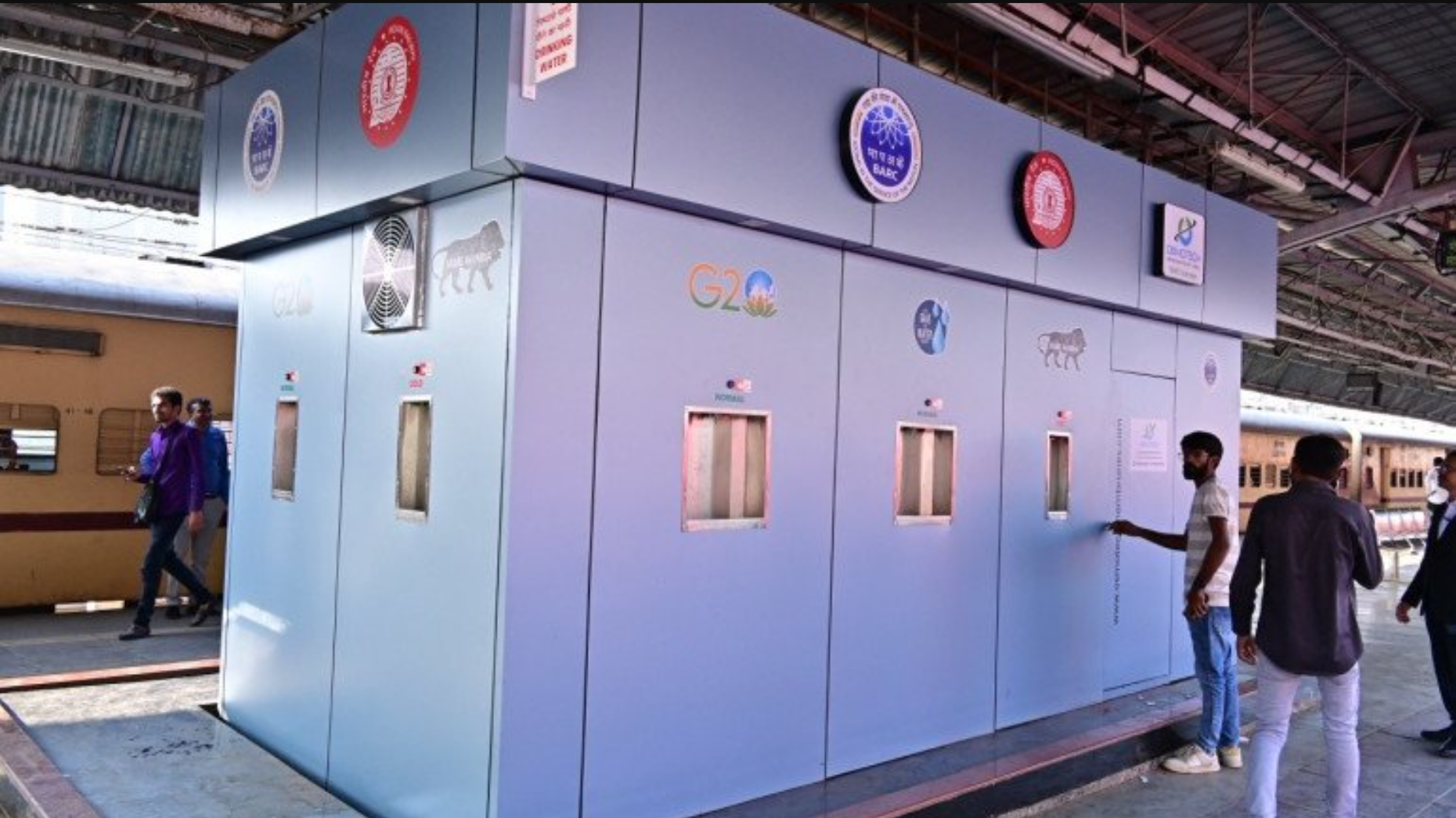In a significant move towards ensuring clean water accessibility, the Mumbai railway authorities have installed ten water purification units across three major stations – Chhatrapati Shivaji Maharaj Terminus (CSMT), Lokmanya Tilak Terminus (LTT), and Dadar.
The installation of these units marks a crucial step in the city’s ongoing efforts to provide safe and clean drinking water to its citizens. The units, equipped with advanced purification technology, aim to provide potable water to the thousands of commuters who travel via these stations daily.
A Step Towards Health and Hygiene
The decision to install these units comes in the wake of increasing concerns about waterborne diseases. By providing access to purified water, the authorities aim to curb the spread of such diseases and promote better health and hygiene among the city’s residents and visitors.
Advanced Purification Technology
The purification units employ advanced technology to ensure the water is free from contaminants. The process includes multiple stages of purification, including sediment filtration, activated carbon filtration, and ultraviolet disinfection. This comprehensive process ensures that the water dispensed from these units is safe for consumption.
Impact on Commuters
For the countless commuters who rely on these stations for their daily travel, the installation of these units is a welcome development. It not only provides them with easy access to clean drinking water but also reduces their dependence on bottled water, leading to significant cost savings.
Future Plans
Following the successful installation at CSMT, LTT, and Dadar stations, the authorities plan to extend this initiative to other stations across the city. This move is expected to benefit a larger section of the city’s population, particularly those who rely on public transport for their daily commute.
In conclusion, the installation of water purification units at these stations is a commendable initiative by the Mumbai railway authorities. It not only addresses a critical health issue but also underscores the importance of clean water accessibility for all. As we look forward to similar initiatives in the future, it is clear that steps like these can go a long way in improving the quality of life for the city’s residents and visitors.



